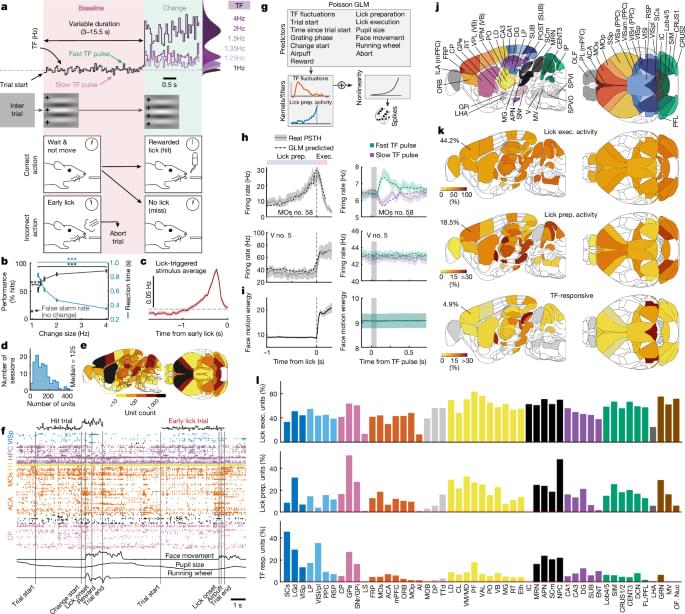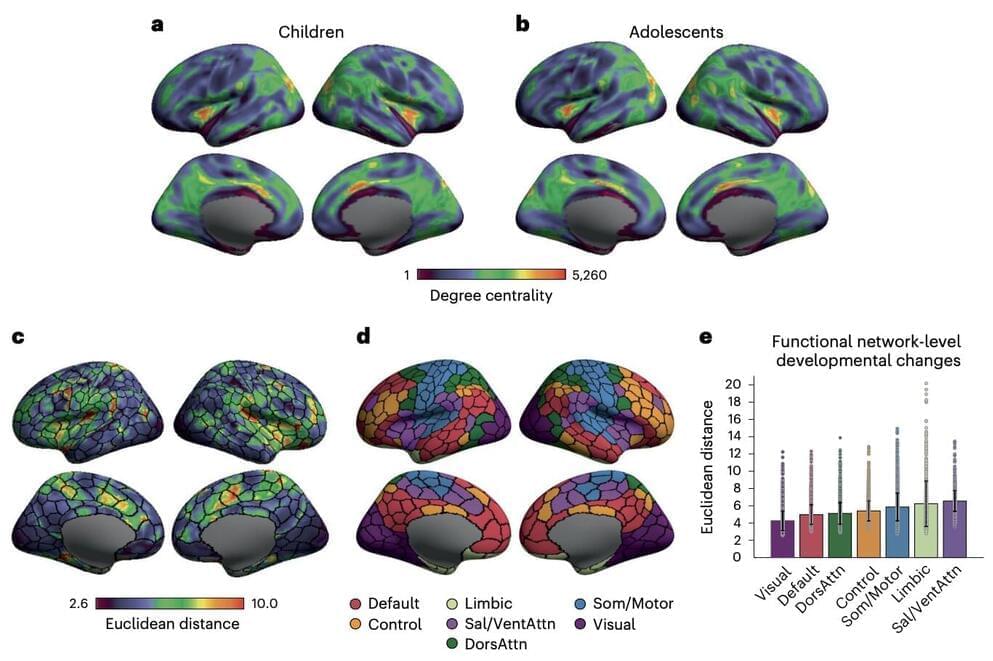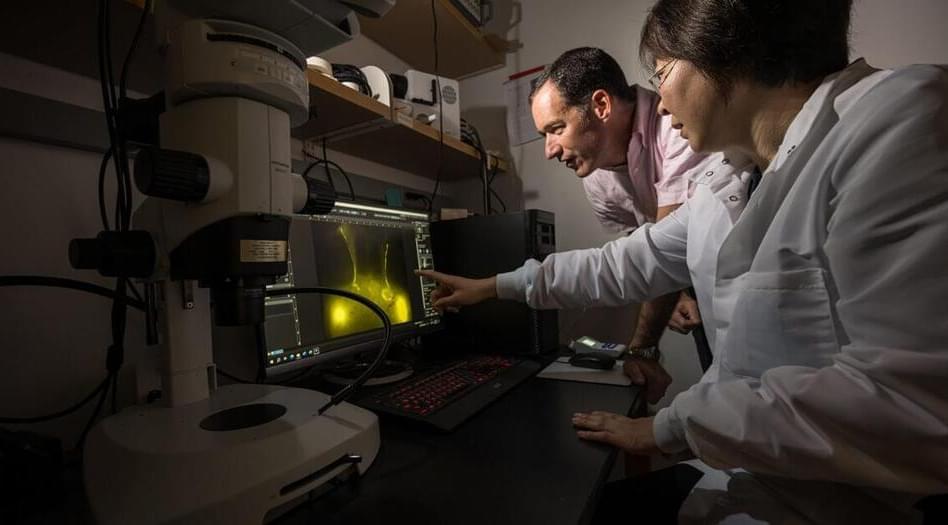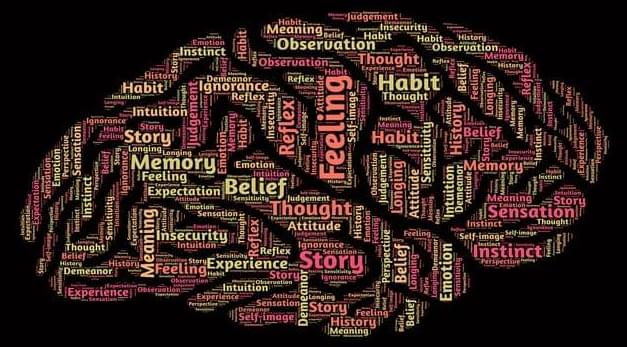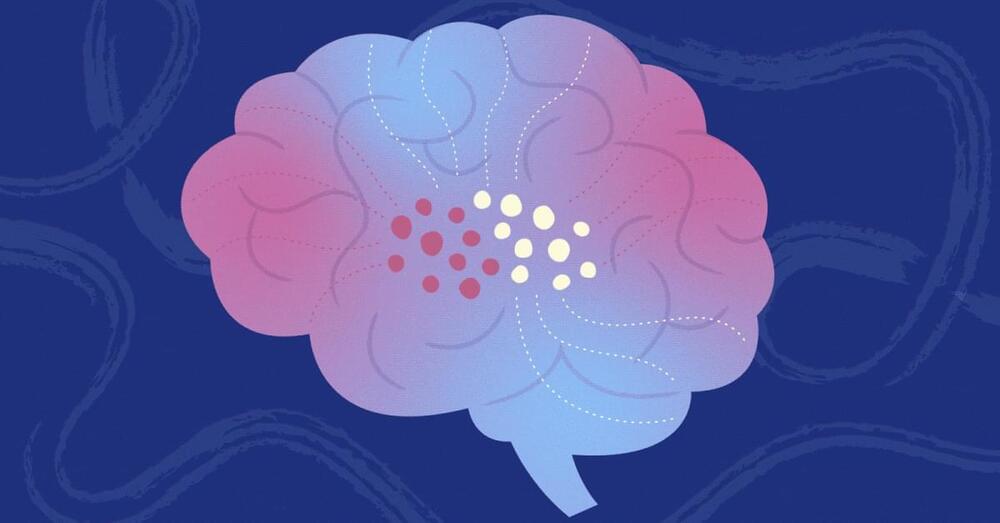The wave dimension is crucial. Without the time-binding wave of consciousness established by actual entities remembering their past instant(s), experiencing, choosing, and acting in their present instants, and anticipating and then passing their inheritance on to their future instant(s), it would not be possible to begin a sentence and then go on to complete it in a way that has meaning. It would not be possible to interact with ourselves or other people in a way that has meaning. We couldn’t begin, continue, and complete a meal. We would forget where we were and what we were doing. We couldn’t begin, continue, and complete a walk. We would forget where we were and what we were doing. We couldn’t undertake any complex task and remember what we were doing. We certainly couldn’t drive a car or even cross a street.
If we pay attention to our own consciousnesses closely, we find that, as each moment of our experience transpires, we take in sensations from outside in the world and inside in our bodies and then we layer feelings and thoughts and images on top of these sensations to form a moment of experience with some coherence and meaning. And this moment of experience passes its sensations and feelings and thoughts and images on to the next moment of experience with some relative coherence.
Now, with an untrained mind, our sensations and feelings and thoughts and images kind of jump around outside of our control. But with a relatively trained mind, we can focus in a way that allows us to maintain a constant stream of sensations and feelings and thoughts and images and choose what we want to focus that stream on in an expansion of our consciousnesses. That is the gift of mindfulness and meditation. Using Whitehead’s language, we can say that we can work to shift our mental prehensions to embrace a different and more powerful form or idea of what it is to be human.
